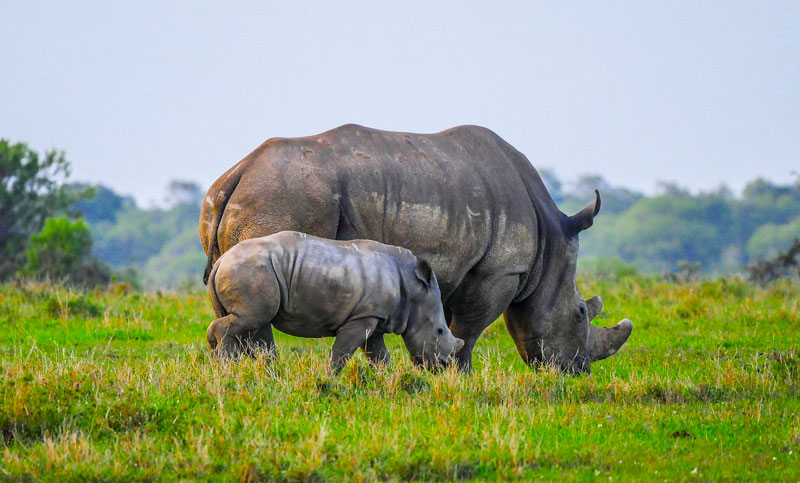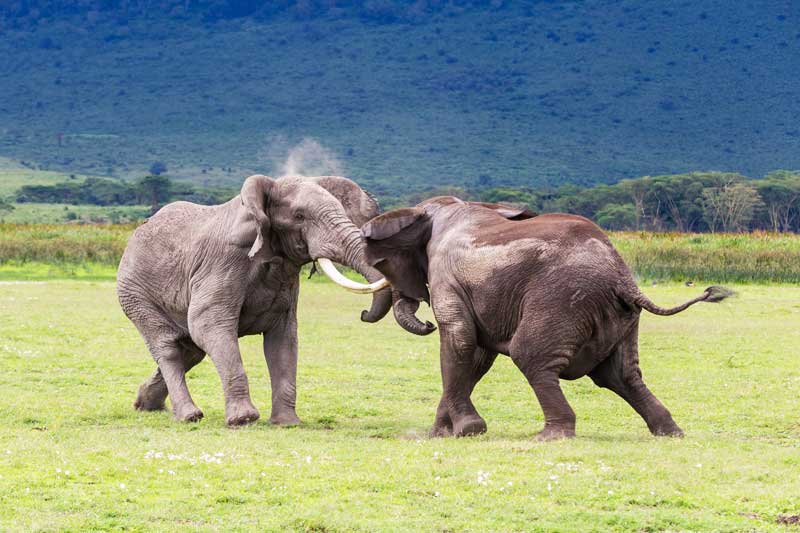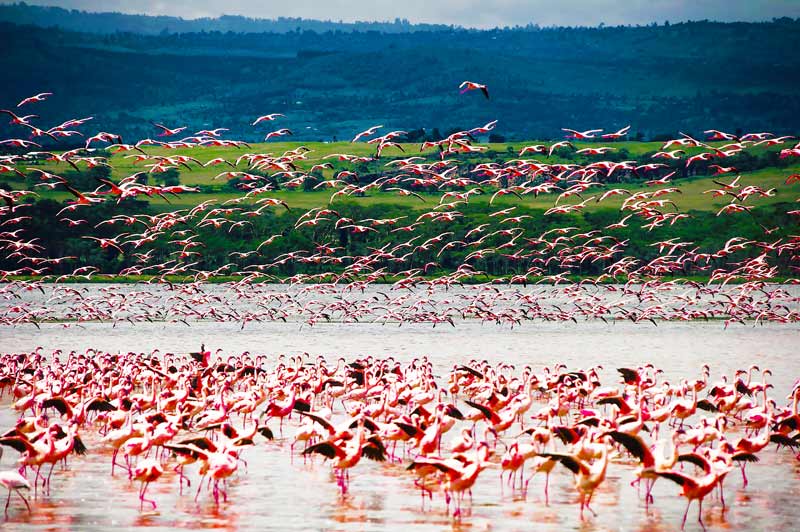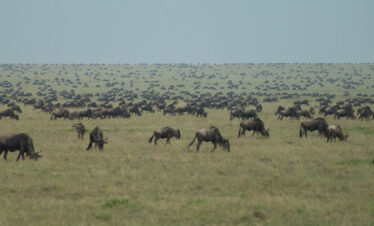- Home
- Trekkings
- Kilimanjaro Packages
- Mount Meru Packages
- Kilimanjaro Fullmoon Dates
- Kilimanjaro Packing List
- Usambara Mountains
- Ol Doinyo Lengai
- Kilimanjaro Altitude Sickness
- Tips for a Successful Climb
- Midrange Safaris
- Northern Circuit
- Tarangire & Ngorongoro Crater – 2 Days
- Lake Manyara & Ngorongoro Crater – 2 days
- Tarangire, Ngorongoro Crater & Manyara- 3 Days
- Lake Manyara, Serengeti & Ngorongoro Crater – 4 Days
- Serengeti, Ngorongoro Highland & Crater – 4 Days
- Manyara, Serengeti & Ngorongoro Crater- 4 Days
- Tarangire, Serengeti & Ngorongoro Crater- 4 Days
- Serengeti, Ngorongoro Highlands & Crater – 5-Days
- Tarangire, Serengeti & Ngorongoro Crater – 5-Days
- Tarangire, Lake Manyara, Serengeti, Ngorongoro Highlands & Crater – 5-Days
- Tarangire, Lake Manyara Serengeti & Ngorongoro Crater – 6 days
- Tarangire, Serengeti & Ngorongoro Crater – 6 days
- Lake Manyara, Serengeti & Ngorongoro Crater – 6 days
- Northern Tanzania’s great wildlife – 7 Days
- Northern Tanzania’s great wildlife – 8 Days
- Northern Tanzania’s great wildlife – 9 Days
- Special Package
- Beach Holiday
- Useful Safari Tips
- Northern Circuit
- Luxury Safari
- Day Trips
- Contact
- About
- Blog







